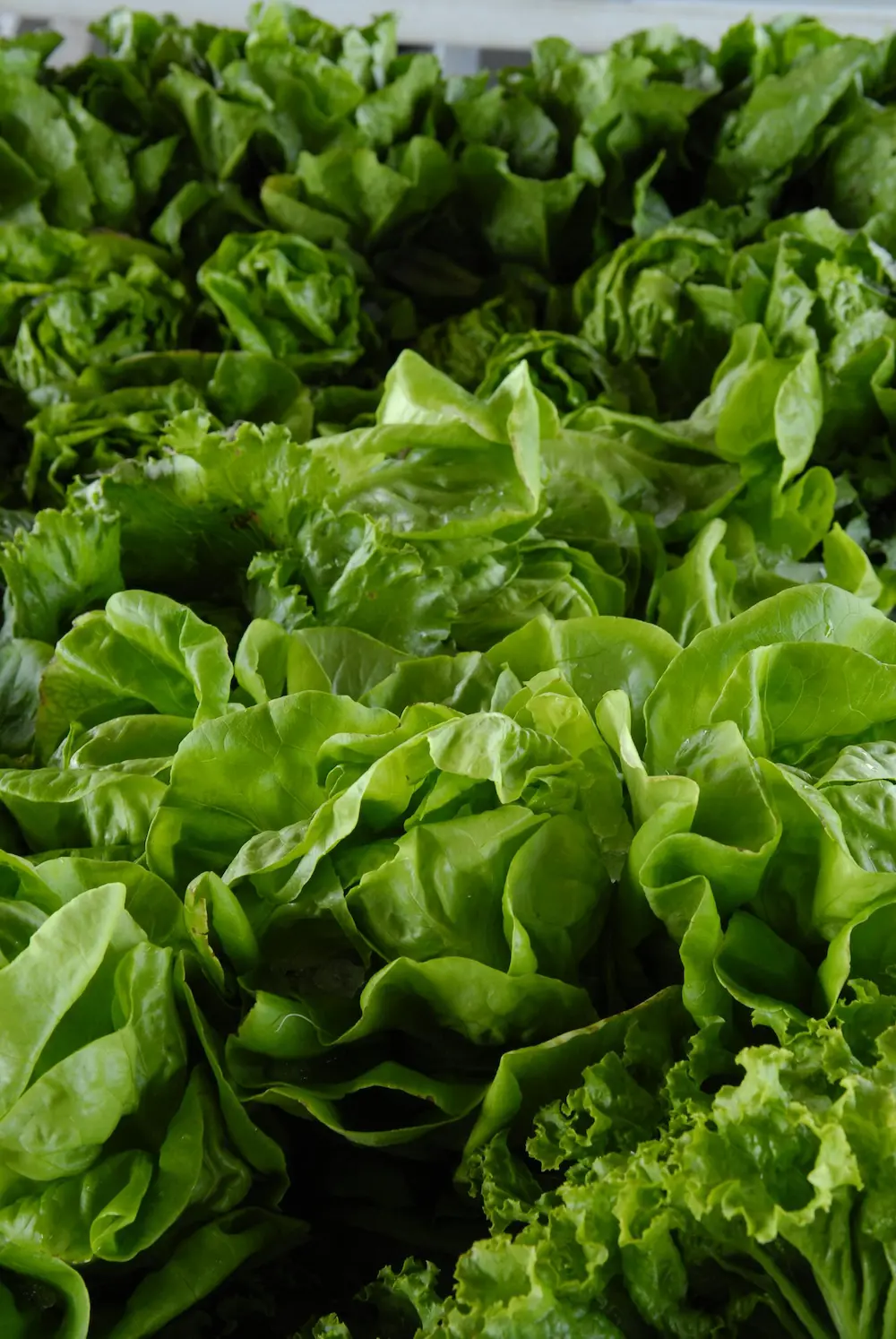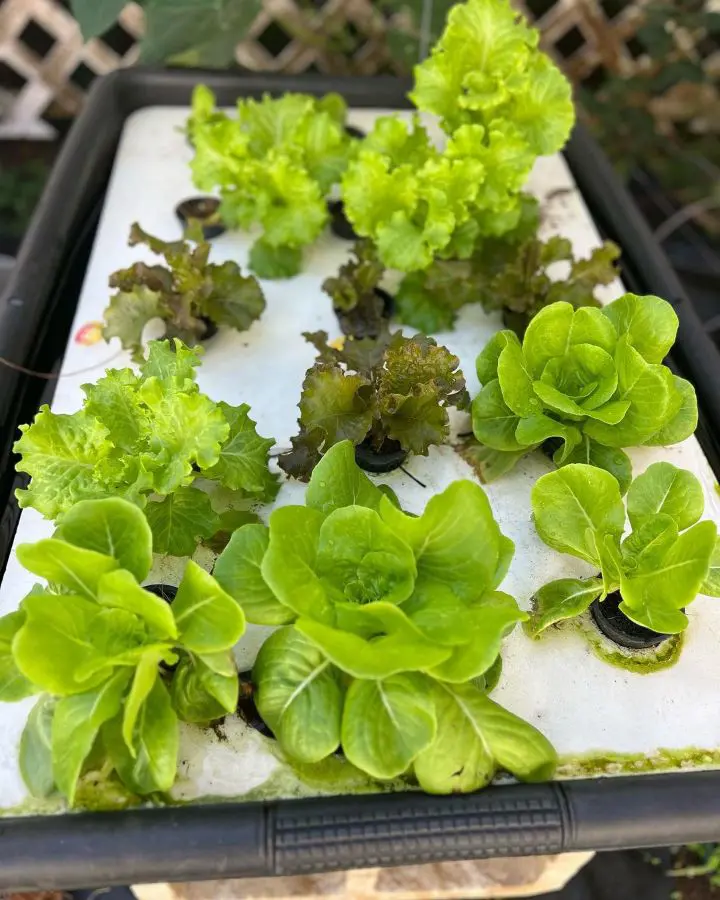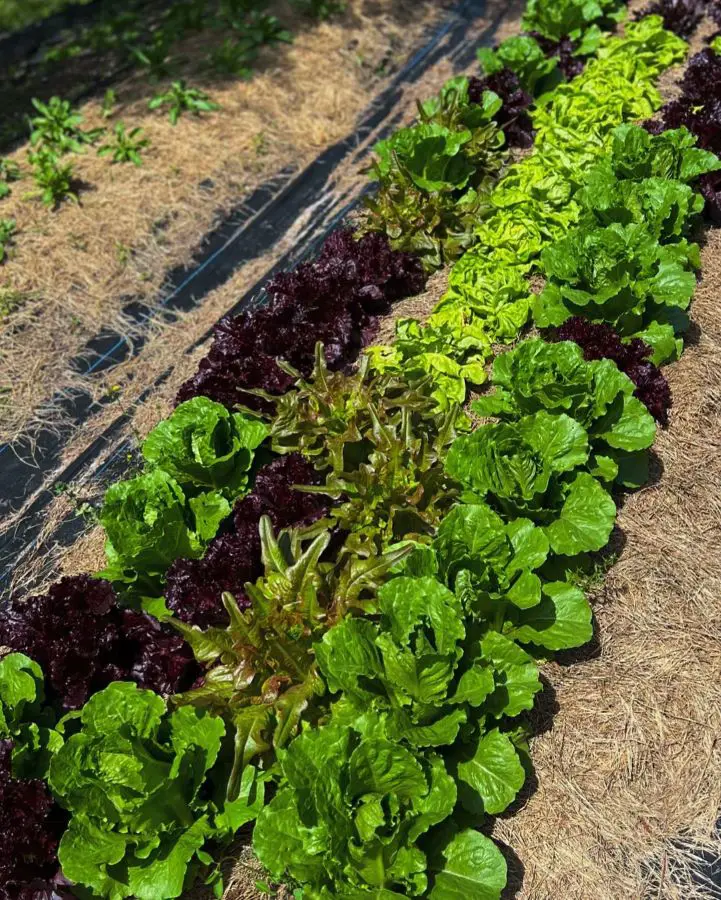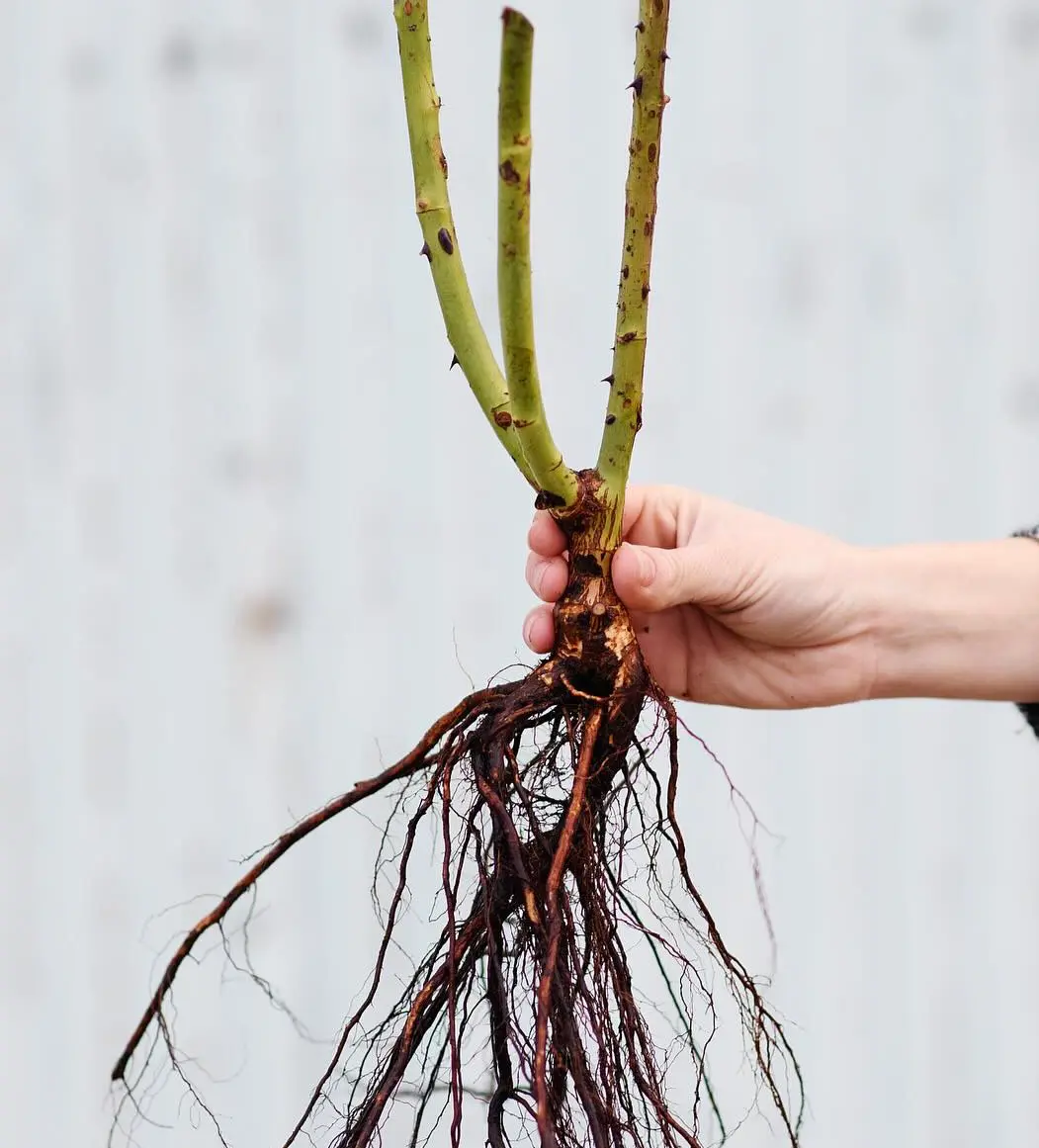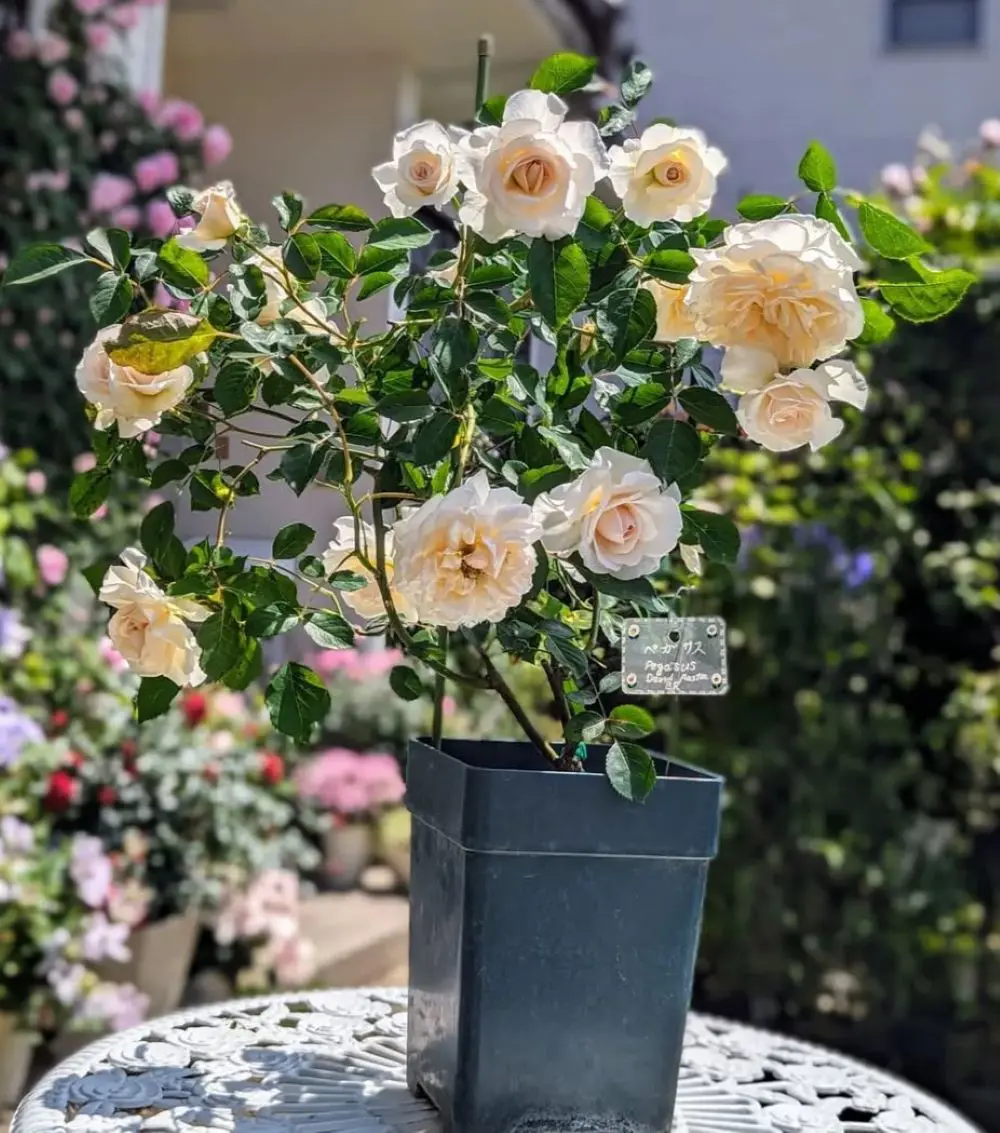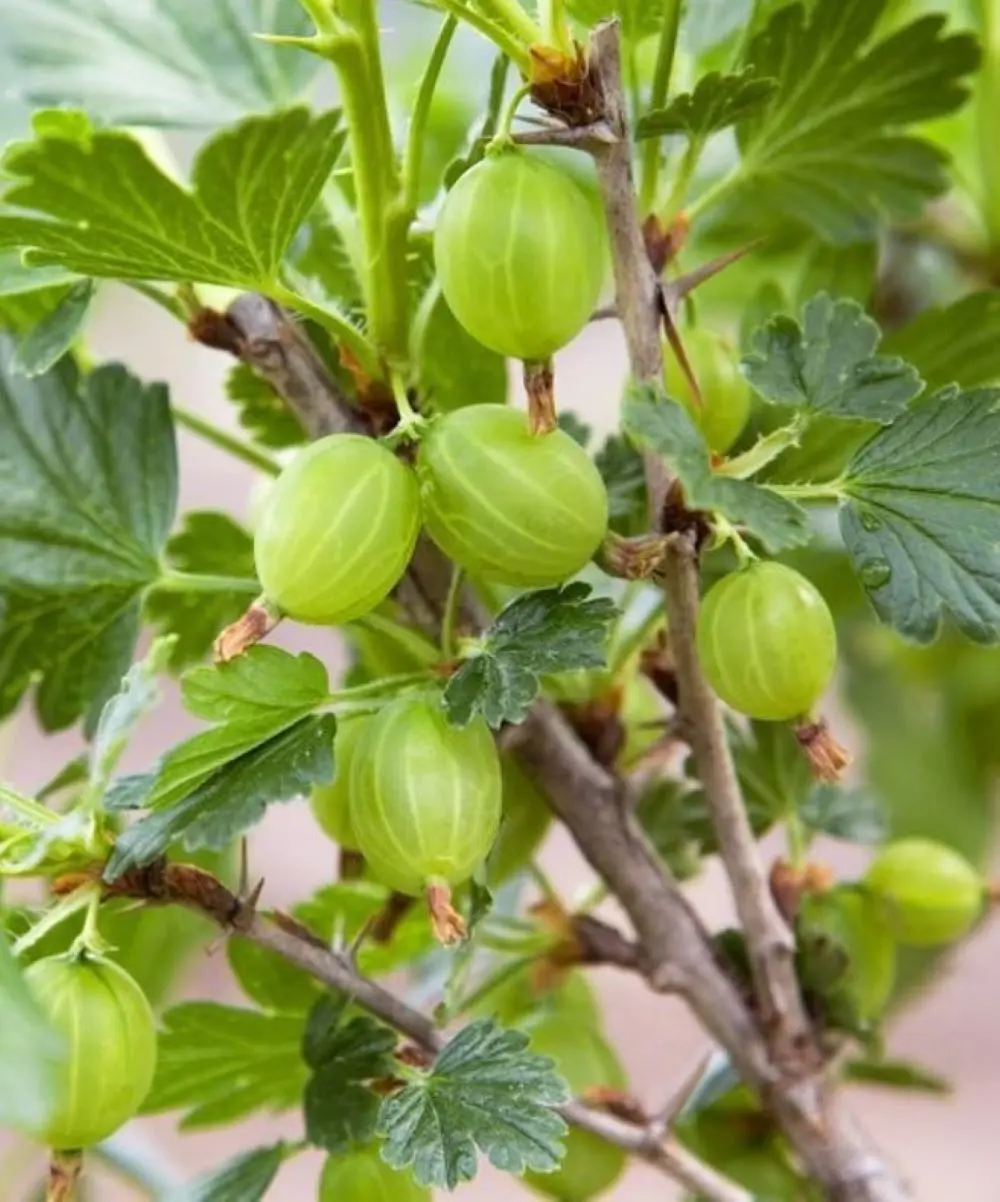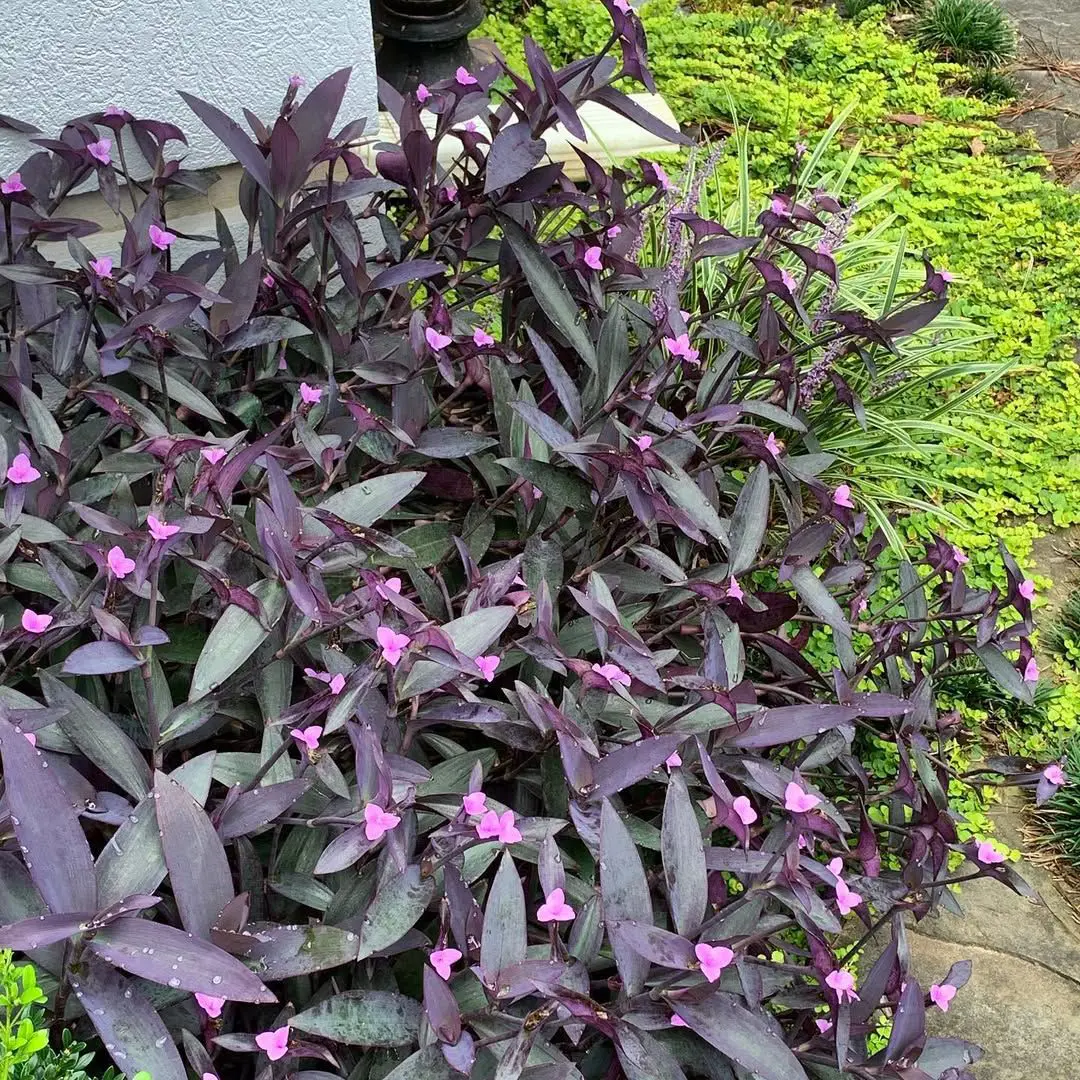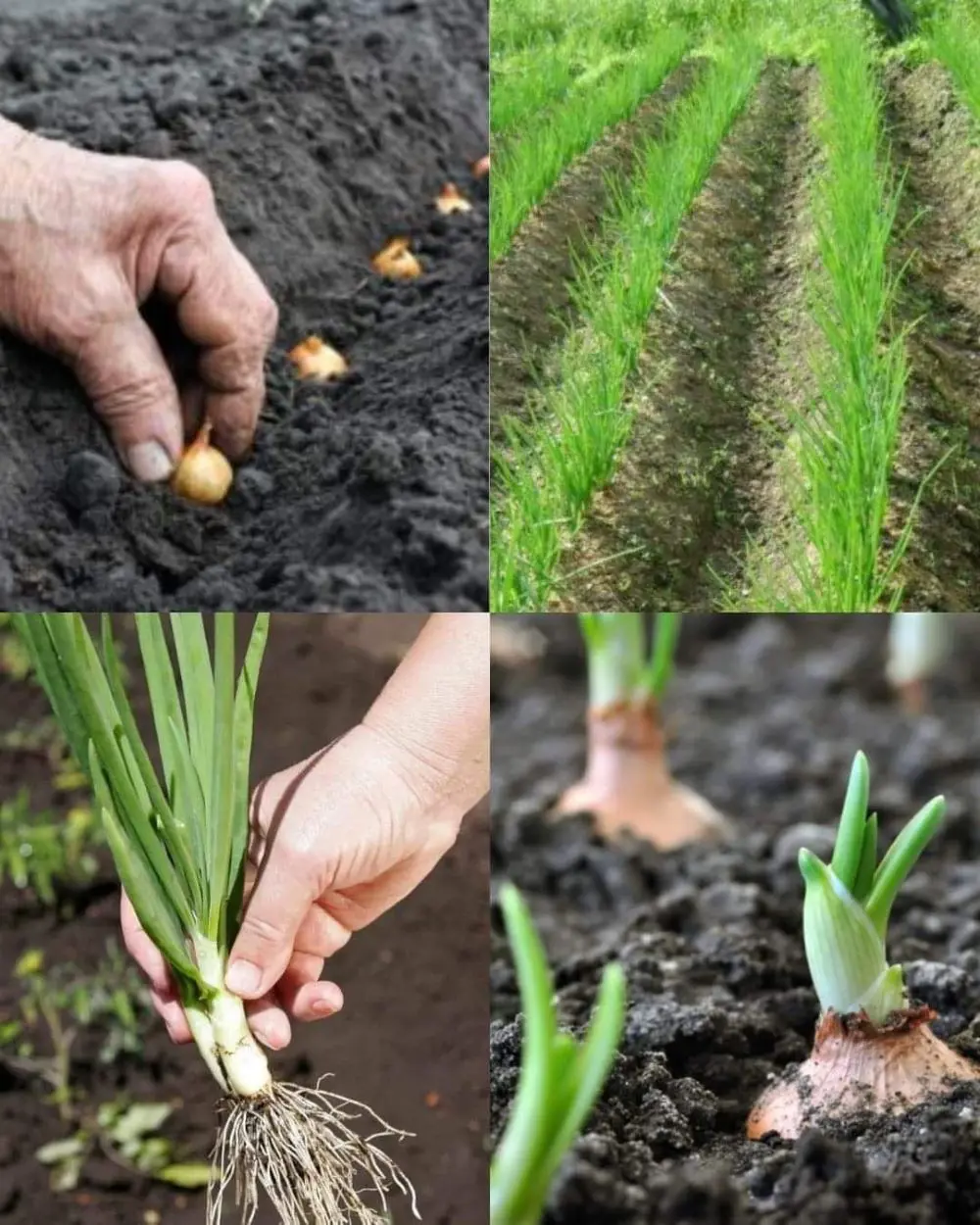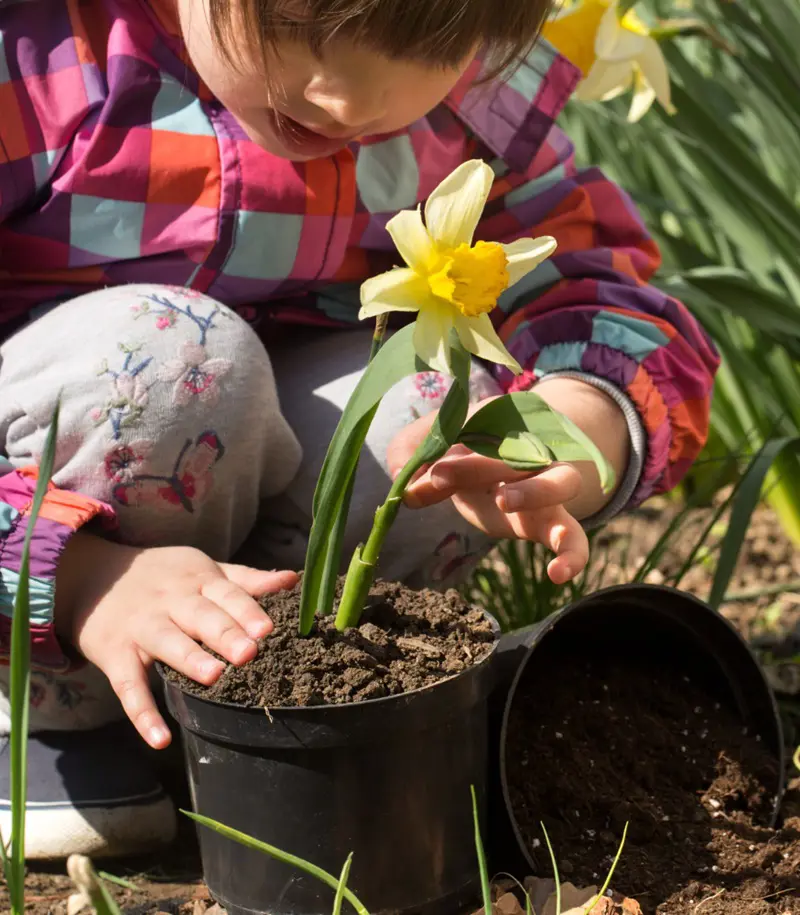Common Lettuce Varieties
There are two kinds of lettuces: loose-leaf and head. Leaf lettuce is harvested by cutting the leaves off at the base of the plant, allowing the plant to regrow and produce multiple harvests. In contrast, head lettuce is harvested all at once when the head is fully grown, as it only produces one crop.
Common lettuce varieties often used for growth by yourself are:
Romaine
Romaine lettuce is one of the most popular lettuce. It is crispy and fresh and perfectly mild-mannered. You can buy romaine hearts, which are crunchier and stay longer in the fridge, or buy a whole head of romaine that comes with the larger, fluffier outer leaves.
The leaves are shaped like a boat, making it the perfect vessel for sauces and taco fillings. If you slice the leaves, it can be served on a salad.
Butterhead
Boston and bibb lettuces are the two most commonly sold varieties of butterhead. They are tender with a sweet, buttery, and fresh flavor, making them interchangeable in most recipes.
The butterhead lettuce has a cup-like shape, making it ideal for lettuce cups or wraps. They are also great in sandwiches, thanks to their tender lettuce leaves.
Crisphead
The most common variety of crisphead lettuce is Iceberg lettuce. It almost looks like a cabbage, but the texture and flavor are very different. Iceberg lettuce is mild, refreshing, and crunchy. It is a timeless burger topping.
Oak Leaf
The oak leaf is another common variety of leaf lettuce. They are shaped like oak leaves and can be either green or red. You can tear the leaves into any salad, but be careful not to squeeze or overwork them since they can bruise easily.
Little Gem
The Little Gem lettuce is a charming, smaller version of romaine with a sweeter and more delicate flavor. You can use it like romaine, but its smaller leaves make it perfect for salads, as they do not need to be chopped or torn. The leaves' distinctive shape also creates a natural "boat" that holds dressing and toppings beautifully.
